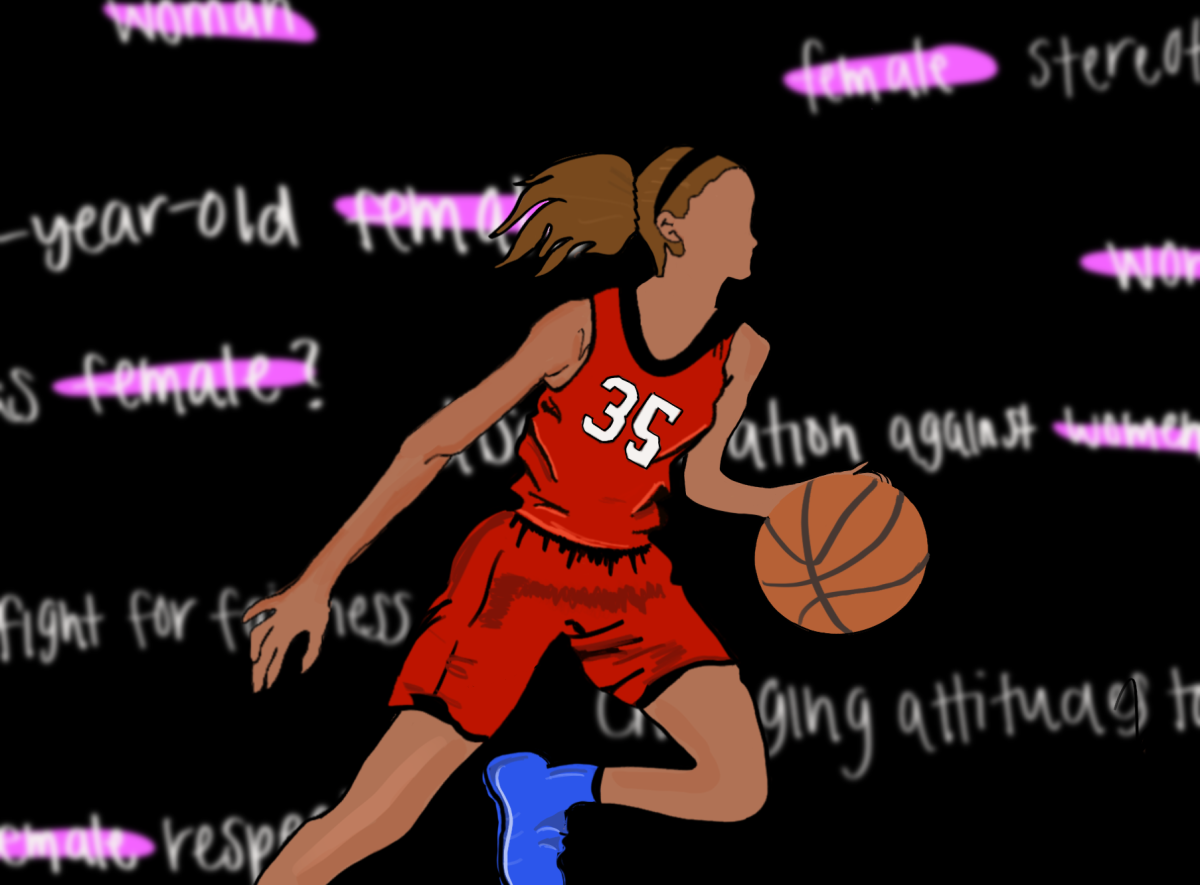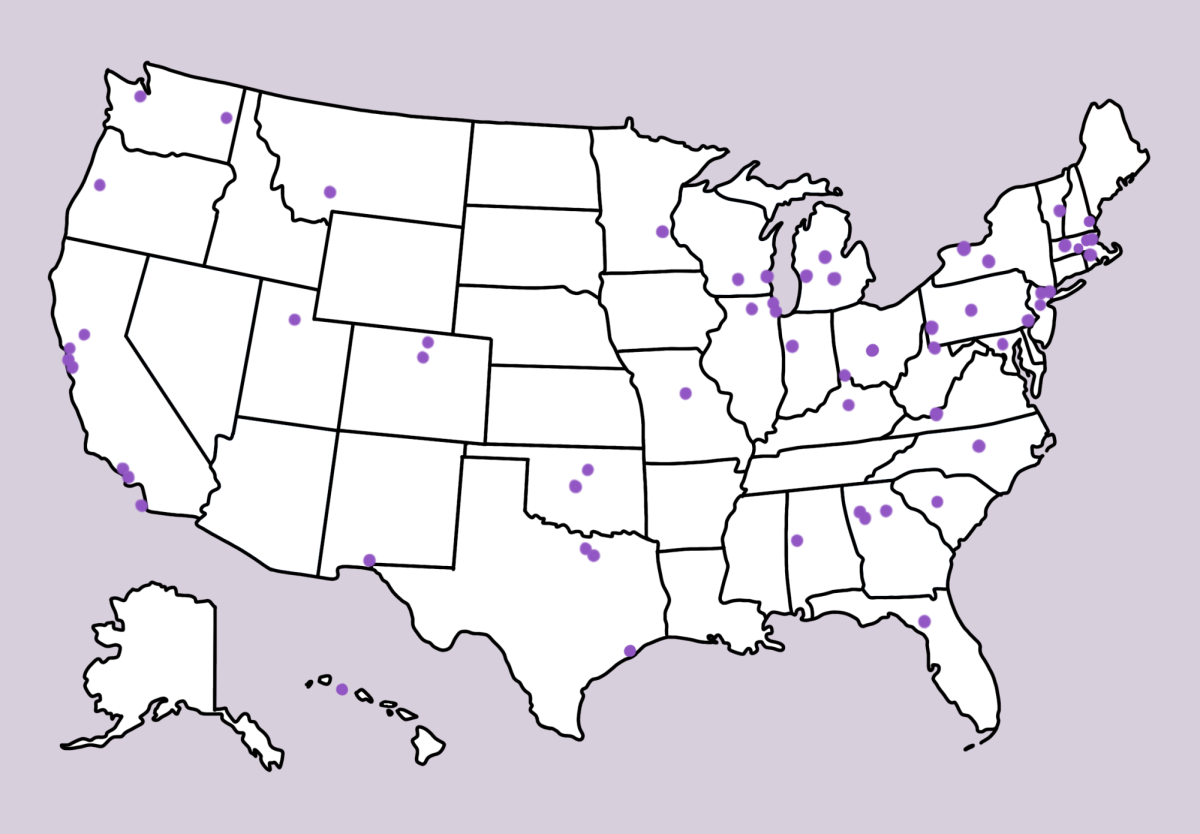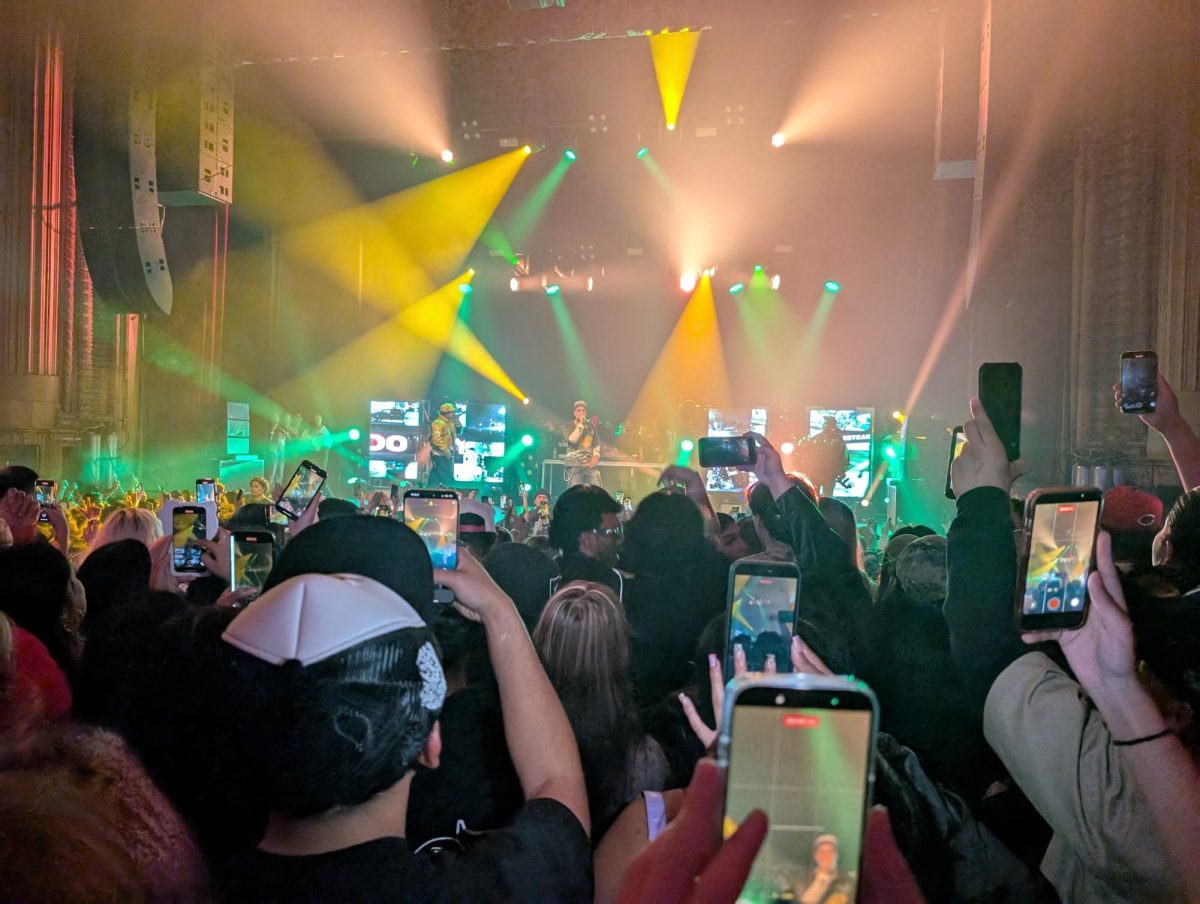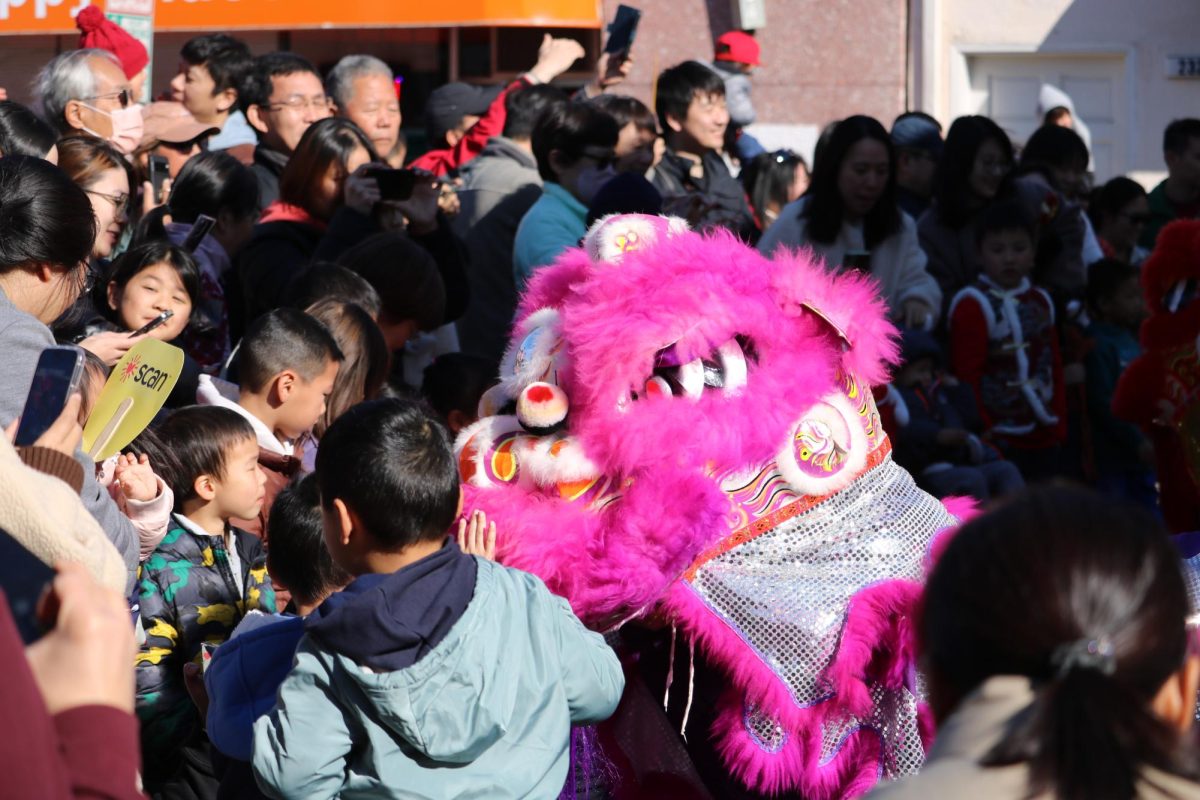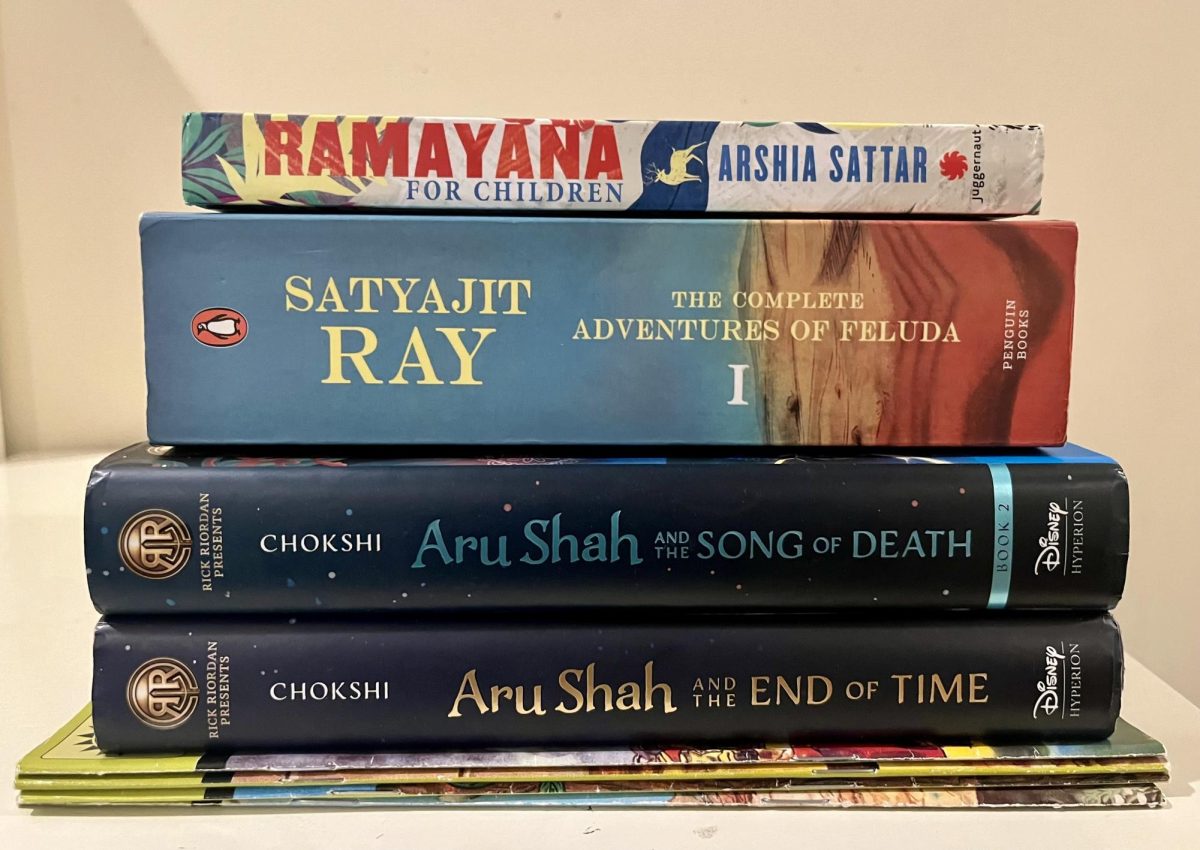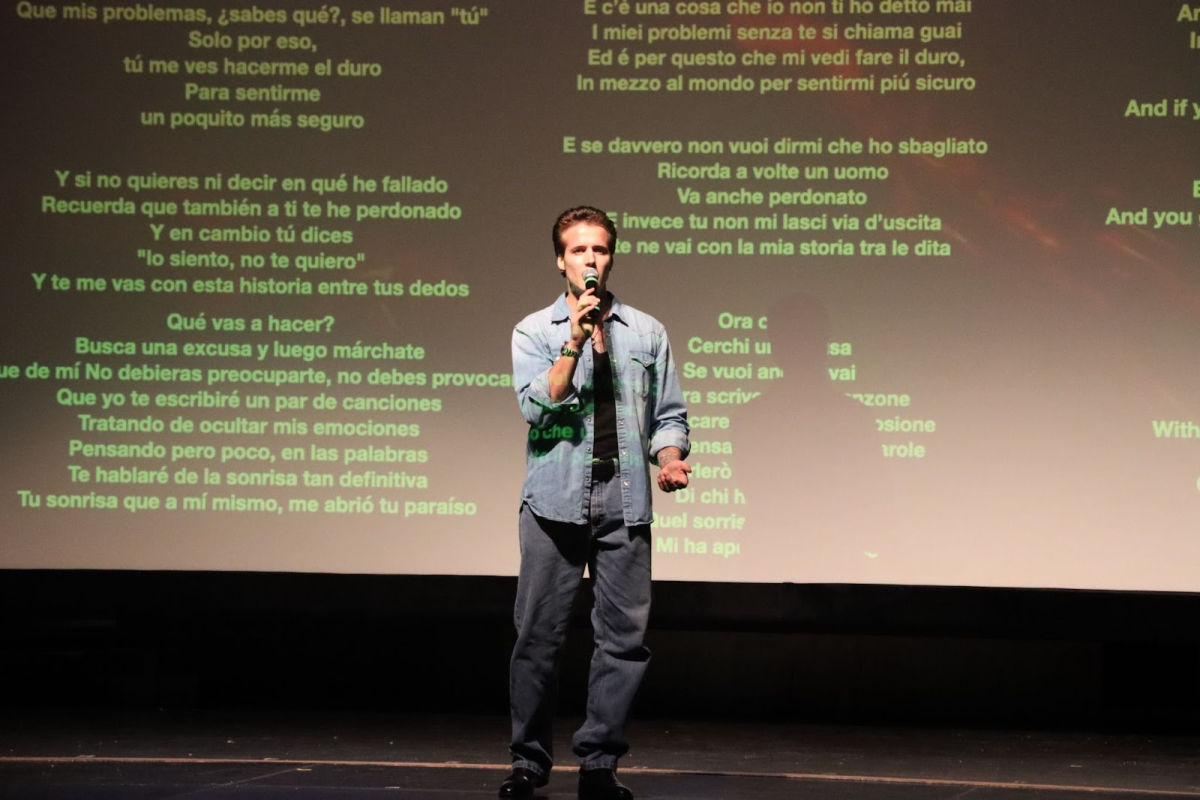Books have an innate power to open a reader’s eyes to another world, creating this feeling of wonder and awe at a place that is not real but feels just within reach. I’ve experienced these same feelings — but my world is within reach.
Despite being born and raised in the United States, I have always been connected to my Bengali heritage. That connection has grown and endured mainly because of the stories I was told as a child. Storytelling and literature are deeply rooted in Bengali culture. Renowned authors of the likes of Rabindranath Tagore and Satyajit Ray wrote best-selling works that are still told and read throughout the world.
These books and collections are only a few examples of how literature can profoundly impact people, especially younger readers who often search for similarities between themselves and beloved characters within the pages of a book. Below, I will be sharing some personal pieces of literature that I have been exposed to throughout the years that connect directly with my South Asian heritage.
Amar Chitra Katha
Founded by: Anant Pai
This popular comic series is one that I grew up with. Whether brought as gifts from India by my grandparents or bought by the dozens at religious festivals held in parking lots in Foster City, these books gave me a way to stay connected with my culture in a place where it’s easier to assimilate and lose that connection. These comic book collections consist of short stories, fables and religious tales. The illustrations and dialogue seem a little unconventional for a comic book, featuring advanced language and intricately detailed images, but there are compelling storylines and moral messages that make their way through the colorful pages.
Aru Shah: The Pandava Quintet
By: Roshani Chokshi
The “Aru Shah” book series is one of the best forms of South Asian representation I have seen in books. This quintet series, an ode to the five Pandava brothers who were the titular characters in the ancient text, the Mahabharata, is the product of a collaboration between Indian-American author Roshani Chokshi and famous “storyteller of the gods” Rick Riordan. This might seem like an unlikely pairing, but the result of these two authors’ mind meld was amazing. I had read fantasy novels with Greek and even Egyptian mythology woven throughout, but I always wished to see my religion and mythology starring in a book, and Chokshi did just that. This series follows a young girl named Aru Shah. She, much like myself, is an Indian-American, who lives in Georgia with her mother, the owner of an Indian historical museum. Shah lives a normal life but her world is turned upside down when she realizes that she is the reincarnation of the famed Pandava brother, Arjun. As the series progresses, Shah finds her other Pandava “sisters” and develops a close bond with each of them, who are reincarnations of each Pandava brother. This twist on a classic epic was inspiring. While remaining loyal to the classic, Chokshi deconstructed gender stereotypes in one go by letting five women save the day — not five brothers, as in the original text. Throughout these books, readers are met with an onslaught of new, long, complicated words and names, but for me, I was reminded fondly of all the nights my grandmother would recite the same names to me while telling me stories of the gods and goddesses and countless heroes in Indian mythology and the Bengali religion.
Ramayana For Children
By: Arshia Sattar
While the famous “Ramayana,” an epic written in ancient India by Valmiki, is filled with intense detail, complex plotlines and intricate lessons and ties to religion, this book is like the “For Dummies” version. This sped-up version of the original text is perfect for kids, with less complex storytelling and countless illustrations showing Ram’s (pronounced Rahm) journey. While I know the story by heart, it was amazing to see the story condensed in a way that can be digested and understood by kids. Learning the tales of Ram and other stories can help other kids to connect to their roots the same way I did.









